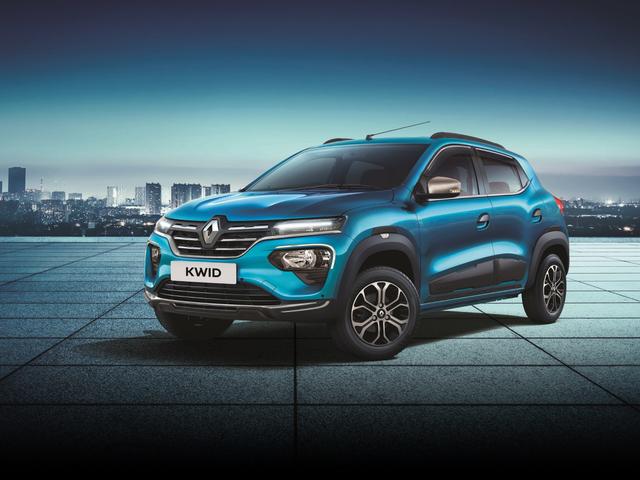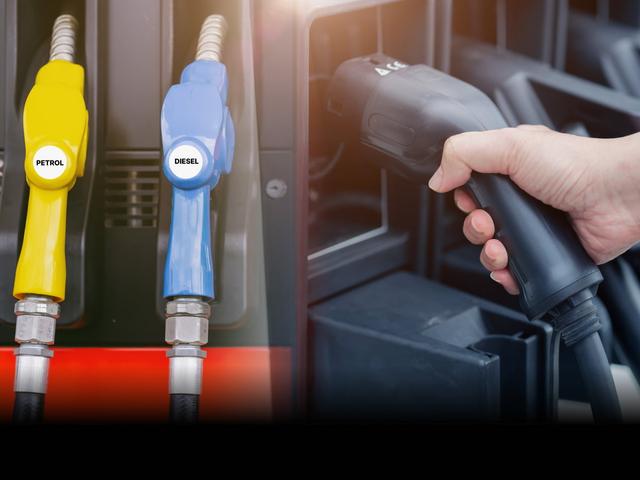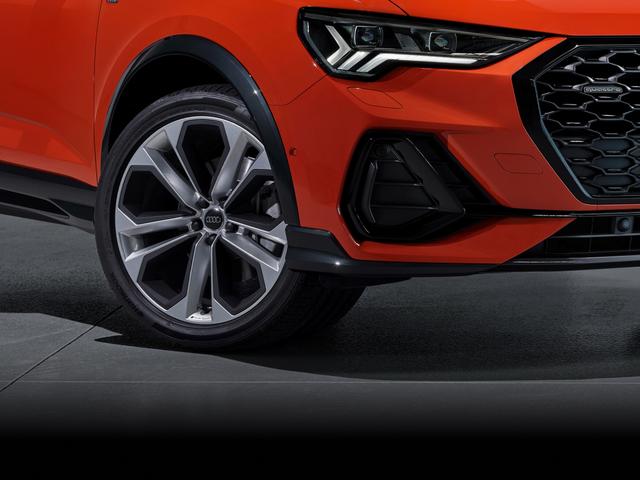


Blink blink !
Its almost here
.jpg&w=3840&q=50)
.jpg&w=750&q=50)
Traffic signal rules in India - Traffic light rules
- 1Traffic signals show red, yellow, and green lights, each with a specific meaning.
- 2Signals regulate traffic flow and help prevent accidents at intersections.
- 3Signals include pedestrian, arrow, and flashing types for different situations.
India has one of the largest road networks in the world. Furthermore, India is the world’s third-largest automobile market in terms of sales. To contain these millions of vehicles on this labyrinth of road network, traffic signal rules are a must.
Generally, most people describe the traffic scenario in India as ‘organised chaos’ — a situation that looks chaotic from the surface with an underlying order to the things that makes all the cogs move. Traffic rules bring that order to traffic movement, and among them, traffic signal rules form the basis of road safety in India.
The traffic signals act as visual cues, guiding drivers and pedestrians alike. Whether you are a seasoned driver or have just gained access to your learner’s licence, understanding the basics of traffic signs in India is very important for the safety of yourself and others on the road. We ‘drive’ into the rules of traffic signals, detailing what they are and their types, and things to remember about rules of the road and how to follow the signs.
What are the rules of traffic signals in India?
As the name suggests, traffic signals are essentially the signals designed to control the traffic. They dictate how drivers and pedestrians should behave on the roads, especially at intersections to regulate traffic flow and prevent accidents. Although the type of traffic signals and rules may vary across the world, the meaning of traffic lights – the indicators – remains the same. So, first, let us understand traffic lights – the most fundamental tool used worldwide for traffic signals.
Traffic light rules in India
If you have been on the road anywhere, you have unmistakably come across a traffic light towering above you. Typically housed in a yellow box, it consists of a controller, sensors, signal heads, and power supply. The signal heads are what we see mounted on poles at different junctions. They consist of three lights: red, yellow (amber), and green. Each colour signifies a specific action or restriction for drivers and pedestrians.
Red light traffic rule: Stop

When the red light is illuminated, it indicates a complete stop. Crossings have a designated stop line and vehicles must come to a halt before it. Pedestrians may cross safely during this time.
Flashing red light
A flashing red light asks you to be cautious. It means stop, check the oncoming traffic, and then proceed with caution. This traffic signal is usually seen at railway crossings or in areas with low traffic density.
Yellow light traffic rule: Pause

The yellow light is a warning signal and indicates that the green light will soon change to red. When the yellow light is on, drivers should slow down and prepare to stop. Pedestrians, too, should exercise caution and avoid crossing the road.
However, if you are crossing an intersection and the yellow light turns on, then you should not stop in the middle of the road. Rather, you must continue driving and cross the intersection to avoid stalling the oncoming traffic.
Flashing yellow light
A flashing yellow light indicates slowing down before proceeding. Some places may resort to a flashing yellow light in the wee hours when there is not much traffic on the road. The purpose is to alert the drivers and the pedestrians to be on the lookout and proceed with caution.
Green light traffic rule: Go

A green light signifies that vehicles can proceed as the oncoming traffic has been halted. Pedestrians, meanwhile, should wait until the red light is on or the green pedestrian signal is illuminated.
Green arrow
When a green arrow is illuminated on a traffic signal, it indicates the direction in which the vehicles can move. This type of signal, in coordination with red arrow, is used to regulate the traffic movements in a particular direction.
Types of traffic signal rules in India
One crucial aspect of safe driving is to understand and adhere to traffic signal rules for navigating safely through the bustling Indian roads. Now that we have laid out the basic traffic light indicators, let us have a look at the other types of traffic signal rules in India.
Traffic control signals
As mentioned in the previous section, these are the most common type of traffic signals, featuring an arrangement of red, yellow, and green lights. According to their working mechanism, the are divided into:
- Fixed time signals: They are the red, yellow, and green lights which turn on according to the pre-set timers. These are free of human intervention and decided as per the traffic load on a particular route.
- Manually operated signal: This type of traffic signal is used where the traffic intensity varies during the day. They allow the traffic police to manually modify the timings of the traffic light as per the situation for a smooth flow of vehicles and to avoid any stalling.
Pedestrian signals
These signals are specifically designed for pedestrians, often featuring a ‘walk’ and ‘don't walk’ symbol. They work in sync with traffic light signals to make the roads safer for pedestrians.
Flashing lights
Flashing red or yellow lights are used at intersections with low traffic volumes or to warn of hazards ahead. These are also called Special Signals.
Arrow signals
These signals are used to control specific traffic movements, such as left turns or right turns. They are used when traffic flow in a particular direction needs to be restricted.
Importance of traffic signal rules
Adhering to traffic rules and traffic signals is crucial for maintaining road safety and preventing accidents. These road rules and signs are the foundations for smooth movement of vehicles and an efficient network of roads.
- Accident prevention: By following the road safety rules, road users can avoid collisions and injuries. Traffic signals play a crucial role in preventing accidents by regulating the flow of vehicles and ensuring that drivers and pedestrians regulate their movement on the road.
- Traffic congestion mitigation: Well-timed and efficient traffic signals help to reduce traffic congestion by coordinating the movement of vehicles and preventing bottlenecks. This improves traffic flow, reduces travel times, and saves fuel.
- Pedestrian safety: Traffic signs and signals provide clear instructions and warnings to pedestrians, allowing them to safely cross the road at designated times. This reduces the risk of pedestrian accidents.
Things to keep in mind while driving
1. Stop at red lights: Always come to a complete stop at red lights, even if there is no oncoming traffic.
2. Be cautious during yellow light: Do not try to cross the signal by speeding up. The correct approach is to prepare to stop when the yellow light appears.
3. Yield to pedestrians: It is a good practice to always yield to pedestrians, especially at zebra crossings.
4. Follow arrow signals: Pay attention to arrow signals that indicate specific traffic movements.
5. Avoid unnecessary honking: Unnecessary honking leads to noise pollution and can also increase stress levels.
6. Use indicators when taking turns: Always use indicators while changing lanes or taking turns. This keeps the other road users informed about your movements, making their navigation safe.
Did You Know?
- The Indian government has committed that 30% of new vehicle sales in India would be electric by 2030.
- India has introduced the Intelligent Traffic Management System which uses sensors and cameras to collect data about traffic conditions and optimize traffic signals to improve traffic efficiency and reduce congestion. It also includes the provision to make adjustments for emergency vehicles to pass quickly.
- According to the Society of Indian Automobile Manufacturers (SIAM), India is the world's largest two-wheeler market with 1.60 crore vehicles sold in FY23.
- As per data from Ministry of Road Transport and Highways (MoRTH), a total of 4.6 lakh road accidents were reported in the country during 2022, claiming 1.7 lakh lives.
- In FY23, total automobile exports from India stood at 47.61 lakhs.
Conclusion
According to FADA, more than 2.22 crore vehicles were sold in India in FY’23, and this number has been increasing year on year. With this, traffic congestion is likely to increase too. As a responsible driver and pedestrian, you can contribute to a safer and more efficient road network by understanding and obeying road safety rules in India, instead of following them just to avoid fines and penalties. When on the road, being patient, calm, and respectful, and of course, becoming a vigilant driver goes a long way.
Frequently Asked Questions
Expand all

Blink blink !
Its almost here













.jpg&w=640&q=75)









Blink blink !
Its almost here

-(1).jpg&w=828&q=75)

.jpg&w=828&q=75)

-(1).jpg&w=828&q=75)
.jpg&w=828&q=75)
.jpg&w=828&q=75)
.jpg&w=828&q=75)


.jpg&w=828&q=75)